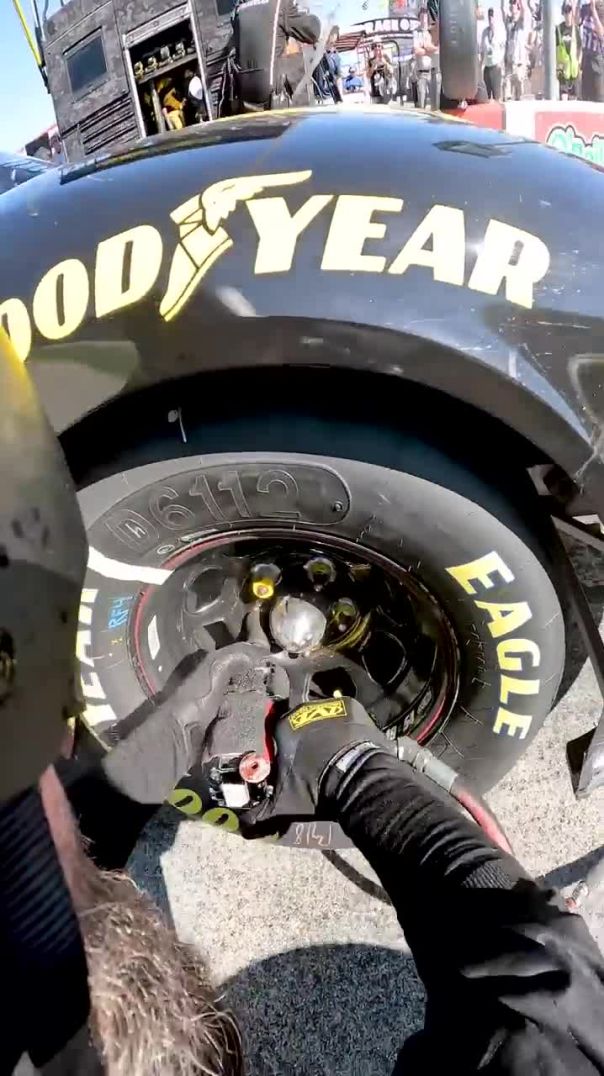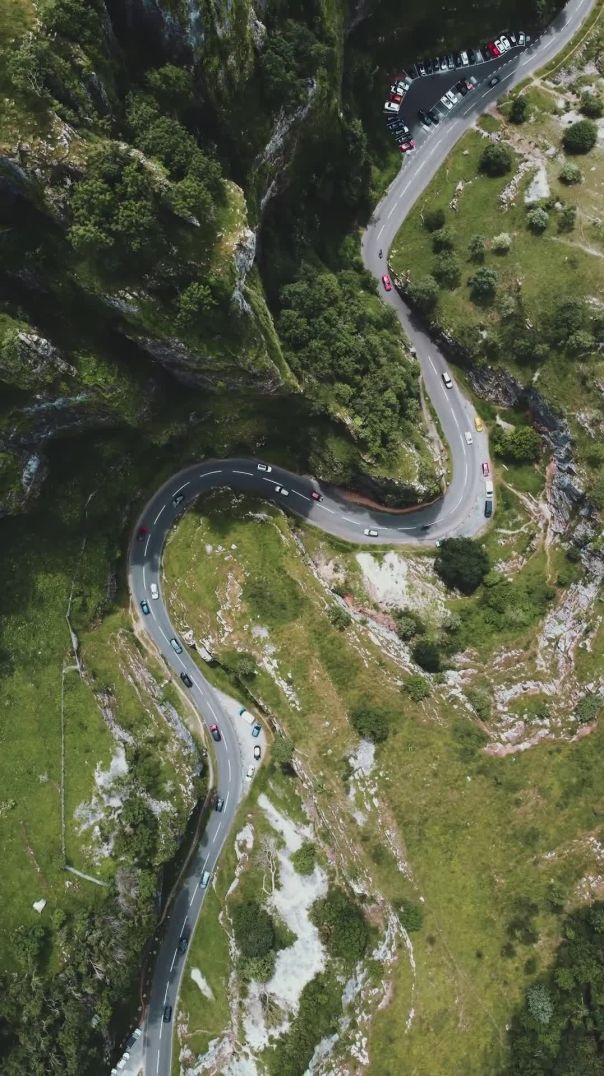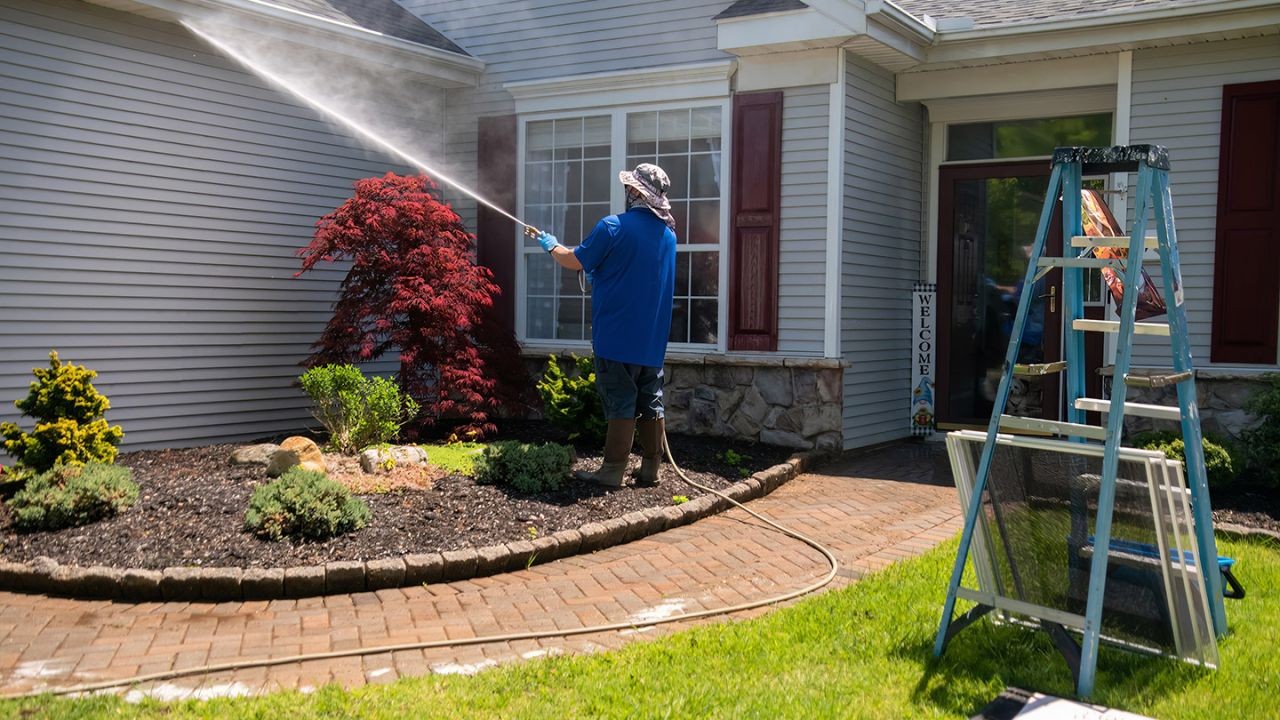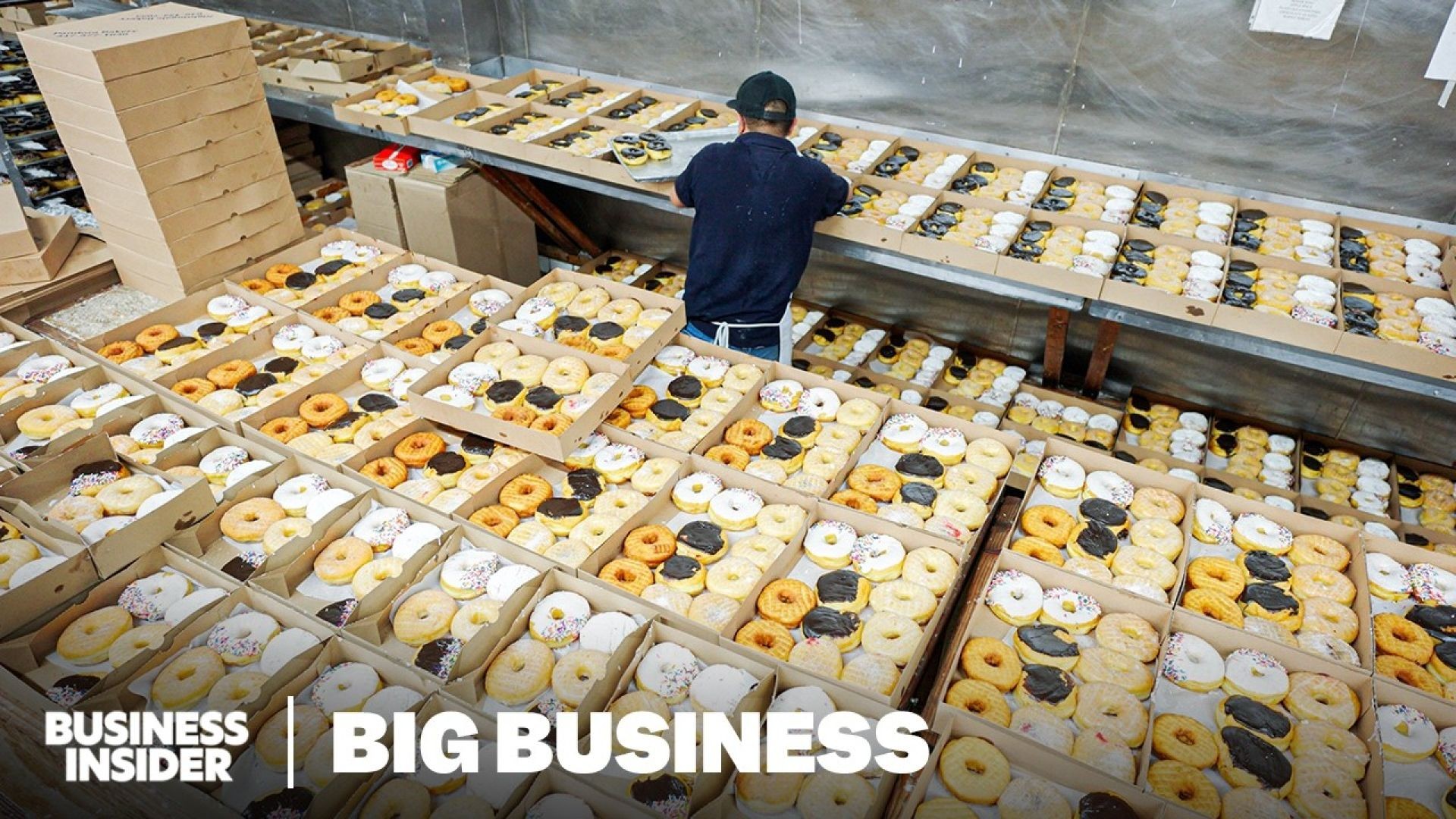Art has always been seen as a form of expression, a way for creators to communicate their innermost thoughts and emotions. In a world where art is often revered and preserved, the act of an artist destroying their own work might seem counterintuitive. However, this phenomenon is not as rare as one might think. In Australia, where the art market is vibrant and culturally significant, understanding this behavior can offer insights into the broader artistic landscape and even influence how aged care specialists approach creative therapies with older Australians.
Understanding the Intent Behind Destruction
The reasons artists destroy their work are as varied as the works themselves. For some, it is a cathartic process, a way to let go of past failures or move beyond a creative block. For others, it is a statement against the commercialization of art, a rejection of the pressures to produce for market demand rather than personal fulfillment. This act of destruction often serves as a symbolic rebirth, allowing artists to start anew without the burden of their past work.
Case Study: Australia’s Brett Whiteley
One of Australia’s most celebrated artists, Brett Whiteley, provides a fascinating example. Known for his expressive and bold works, Whiteley sometimes destroyed his paintings if they did not meet his high standards. This practice, while seemingly destructive, was a testament to his commitment to artistic integrity and excellence. Whiteley’s approach exemplifies the complex relationship between an artist and their creations, where the act of destruction can be as much about creation as the initial act of painting.
The Economic and Cultural Impact
In Australia, the art market is a significant contributor to the economy, with the Australian Bureau of Statistics reporting the industry generating billions annually. The decision by artists to destroy their work can have ripple effects, influencing market dynamics and cultural perceptions. For collectors and galleries, such acts can increase the scarcity and thus the value of an artist’s remaining works. However, it can also lead to a reassessment of what is considered valuable within the art community.
Regulatory Insights from the Australian Competition & Consumer Commission (ACCC)
The ACCC plays a crucial role in maintaining fair market practices, including in the art sector. When an artist destroys their work, questions of authenticity and provenance become more prominent, raising considerations about consumer protection and transparency. The ACCC’s guidelines help ensure that buyers in the art market are fully informed about the origins and history of the artworks they purchase.
Psychological Perspectives and Aged Care
From a psychological standpoint, the destruction of art can be a powerful tool for self-reflection and growth. In aged care settings, encouraging creativity and expression can significantly benefit mental health and cognitive function. Understanding why some artists destroy their work can offer aged care specialists new strategies to harness creativity as a therapeutic tool.
How Art Therapy Can Benefit Older Australians
- Emotional Expression: Art allows individuals to express feelings they might find difficult to verbalize.
- Cognitive Stimulation: Engaging in creative activities can help maintain cognitive functions and delay the onset of dementia (Source: Australian National University).
- Social Interaction: Group art sessions can foster social bonds and reduce feelings of isolation.
Common Myths About Art Destruction
- Myth: Artists destroy work solely out of frustration. Reality: While frustration can be a factor, many artists destroy their work as a deliberate artistic choice or statement.
- Myth: Destroying art devalues an artist’s portfolio. Reality: In many cases, it can increase the value of remaining works by creating scarcity.
- Myth: Destroyed works are lost forever. Reality: Some artists document their work before destruction, allowing it to live on digitally.
Future Trends in Art and Aged Care
As digital technology continues to evolve, artists might increasingly turn to virtual platforms to create and destroy art without physical limitations. This could redefine notions of permanence and value in the art world. For aged care specialists, integrating digital art platforms could offer new avenues for creative expression and engagement, aligning with the growing trend of digital literacy among older Australians.
Final Takeaways
- Artist destruction of their own work can be a complex, multifaceted decision driven by personal, economic, and artistic factors.
- In Australia, the art market’s dynamics and the role of regulatory bodies like the ACCC are critical in understanding the implications of such acts.
- For aged care, leveraging art as a therapeutic tool can bring significant mental and social benefits to older Australians.
As we move forward, the intersection between art, technology, and aged care will likely become increasingly significant. Encouraging creativity and understanding the motivations behind artistic destruction can enrich both the art community and the lives of older Australians. What’s your perspective on the role of art in aging? Share your insights below!
People Also Ask
- What are common reasons artists destroy their work? Artists destroy their work for various reasons, including personal dissatisfaction, symbolic rebirth, or as a statement against commercialization.
- How does art destruction affect its market value? Destroying artworks can increase the scarcity and value of remaining pieces, impacting market dynamics significantly.
- Can art destruction be beneficial in aged care? Yes, understanding the motivations behind art destruction can help aged care specialists use art to enhance mental health and cognitive function among seniors.
Related Search Queries
- Why do artists destroy their paintings?
- Impact of art destruction on market value
- Art therapy benefits for seniors
- How art impacts mental health in aged care
- Famous cases of artists destroying their work



































MelysaVict
5 months ago